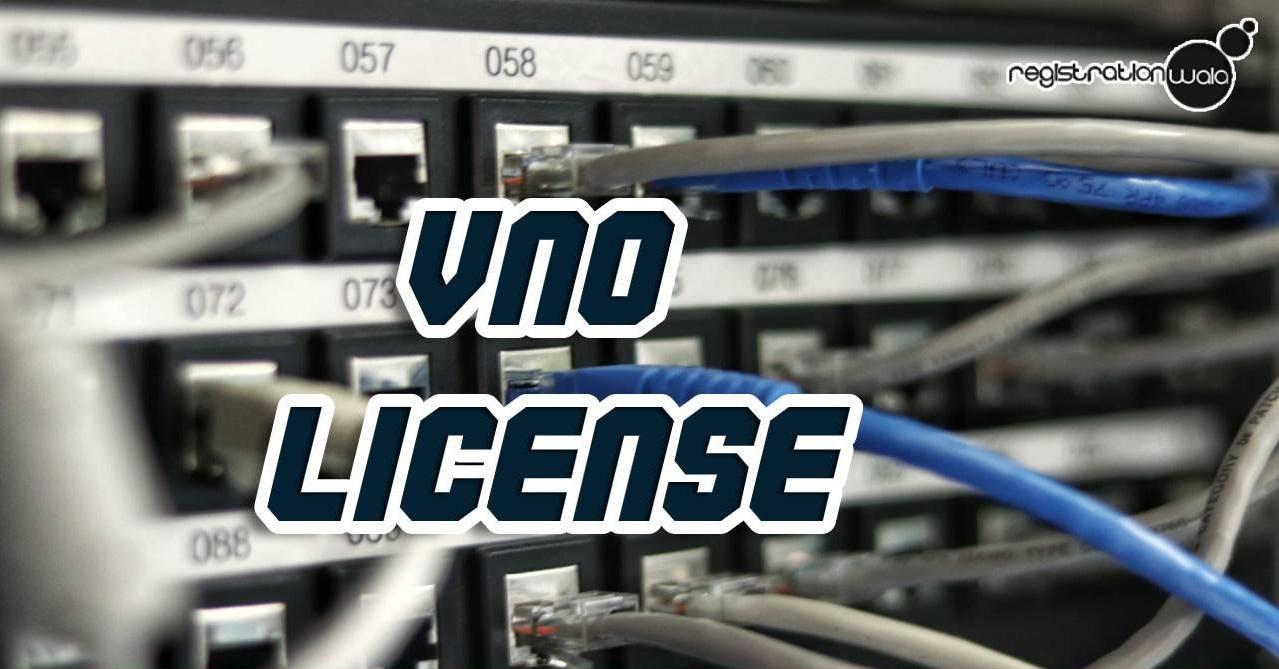The rise of internet services in India has given the rise of requirement of a VNO License. Entrepreneurs who want to provide internet in less complex and low-cost ways are rushing to sign the unified license agreement to become a Virtual Network Operator. They are willing to go through the pain of the legal difficulties that one faces during the licensing process.
Our consultants thus step in to assist these dreamers. if you are one of them, let us give you a taste. Let us dive into the VNO license agreement.
The starting part of the VNO License Agreement
Why the entire document is called an agreement? It’s because providing telecom services to the masses is an agreement you make with the president of India. That’s why the initial part of the unified license agreement consists of:
The day, date, and the year the agreement is being signed.
The name of the professional acting on behalf of the president of India (President of India is not going to provide you the detail of the same)
After entering that information, next comes the details of the second party, which is you. You will fill in the following details in the agreement of VNO license India:
- Name of the incorporated company.
- Address of the incorporated company.
- Name of the authorized signatory.
The agreement states that as per the provisions mentioned in Section 4 of the Indian Telegraph Act, it’s the President’s right to issue you the license to start a VNO.
It also states that you’re only allowed to scale your services as per the category of UL VNO license you’ve chosen. As you know that there are three categories of VNOs:
- Category A allows you to operate across India.
- Category B allows you to operate in states and metropolitan cities
- Category C that allows you to operate within a Secondary Switched Area
Below the agreement’s statement, you’ll need to provide the name of the services and the service that you plan to provide through your VNO ISP.
The agreement and terms and conditions
When you pay for unified license DOT and get to the stage where you’re merely required to sign an agreement, it’s prudent to read through the terms and conditions. We understand you don’t have time to go through all that legal gibberish. We have simplified the statements for you:
As per the agreement, you will be granted the unified license meaning you’ll be allowed to operate your VNO as per the category you’ve paid the VNO license fee for.
The license will be valid for a period of 10 years. But, the DOT can revoke the license even before this validity expires.
As the holder of the license and the payer of the VNO license cost, you’re required to follow the rules and regulations created by the Department of Telecommunication.
The president agrees that you’ll be issued another license for another service area when the need arises.
Signatures, the final part of the agreement
The final part of the VNO license agreement is where both the parties – which in this case are the president and you, respectively – put their signatures.
Witness signatures are also required.
Conclusion
When you discuss the similarities while discussing “VNO license vs ISP License”, know that the agreement is a simple document. It’s a contract signed between the president of India and the license holder. Its validity is of 10 years. If you want to know more about the VNO license, check in with our experts.
Also read about:
Aspen Pittman Designs Space station V3 and XL comparison test
Double Your Profit with Best Restaurant Management Software
IP1 License to Start Infrastructure As a Service
















